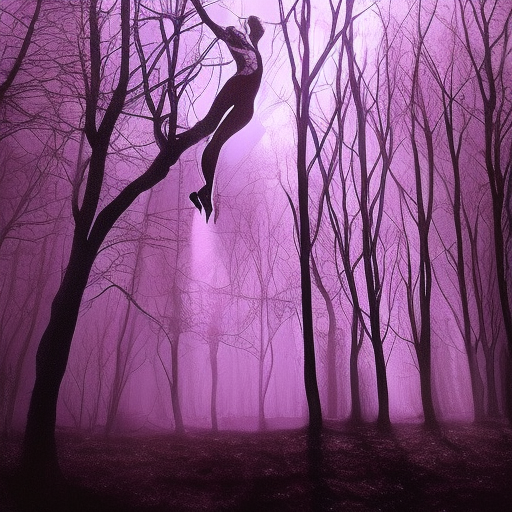Rope by Alfred Hitchcock: A Tense Psychological Thriller Unfolding in Real Time
Main Cast and Crew:
- Director: Alfred Hitchcock
- Writer: Hume Cronyn (adaptation), Patrick Hamilton (play)
- Key Actors: James Stewart as Rupert Cadell, John Dall as Brandon Shaw, Farley Granger as Phillip Morgan
- Music Director: Leo F. Forbstein
- Director of Photography: William V. Skall
- Producers: Sidney Bernstein, Alfred Hitchcock
Rope is a gripping psychological thriller directed by Alfred Hitchcock. The film takes place in real time and follows the chilling events that unfold after two friends, Brandon Shaw and Phillip Morgan, murder their former classmate, David Kentley. The motive behind the crime is an experiment to prove their intellectual superiority by committing the perfect murder.
As the film begins, Brandon and Phillip strangle David with a rope in their apartment. They then proceed to hide his body in a chest, which they use as a centerpiece for a dinner party they are hosting that evening. Among the guests is their former professor, Rupert Cadell, who becomes suspicious of their behavior.
Throughout the evening, tension builds as Rupert begins to piece together the clues and suspects that something sinister has taken place. As the guests engage in intellectual discussions, Brandon and Phillip become increasingly agitated, fearing that their secret will be exposed. The film masterfully explores the psychological dynamics between the characters, as guilt, fear, and paranoia consume Brandon and Phillip.
Central Themes and Motifs:
Rope delves into themes of morality, intellectual arrogance, and the nature of evil. The film challenges the audience to question the boundaries of right and wrong, as Brandon and Phillip justify their actions based on their belief in their own superiority. Hitchcock also explores the concept of guilt and the psychological toll it takes on the perpetrators of a crime. The use of the rope as a symbol of both murder and bondage adds a layer of tension and symbolism to the narrative.
Reception and Legacy:
Upon its release in 1948, Rope received mixed reviews from critics. While some praised Hitchcock’s innovative use of long takes to create the illusion of a single continuous shot, others felt that the film’s experimental nature overshadowed the story. Despite the initial reception, Rope has since gained recognition as a classic Hitchcock film, known for its technical achievements and exploration of dark psychological themes.
The film’s legacy can be seen in its influence on subsequent filmmakers, particularly in the use of long takes and real-time storytelling. Rope also paved the way for Hitchcock’s later works, such as Psycho and Vertigo, which further delved into the psychological depths of human nature.
Recommendation:
Rope is a must-watch for fans of Alfred Hitchcock and psychological thrillers. The film’s unique real-time format, coupled with its exploration of morality and guilt, creates a tense and thought-provoking viewing experience. James Stewart delivers a captivating performance as Rupert Cadell, adding to the film’s intrigue and suspense.
Memorable Quote:
“We all do strange things in our childhood.”












